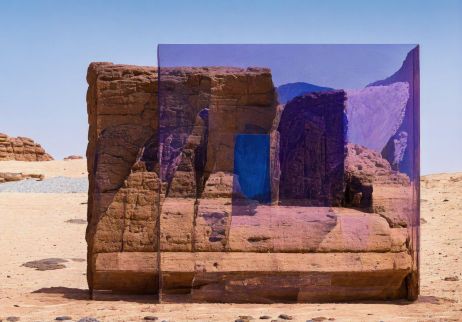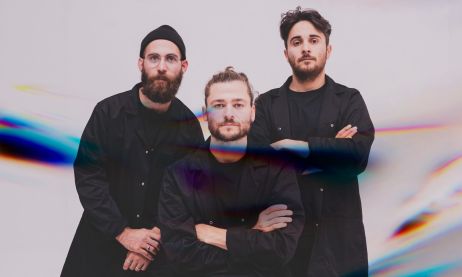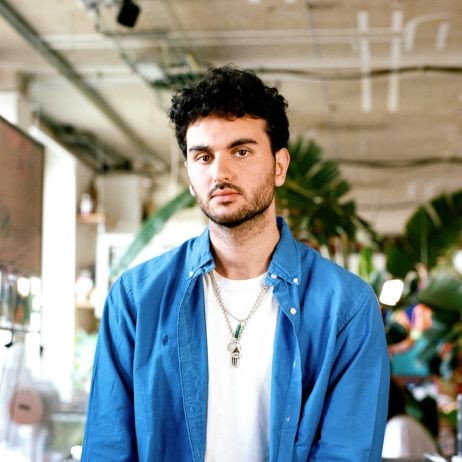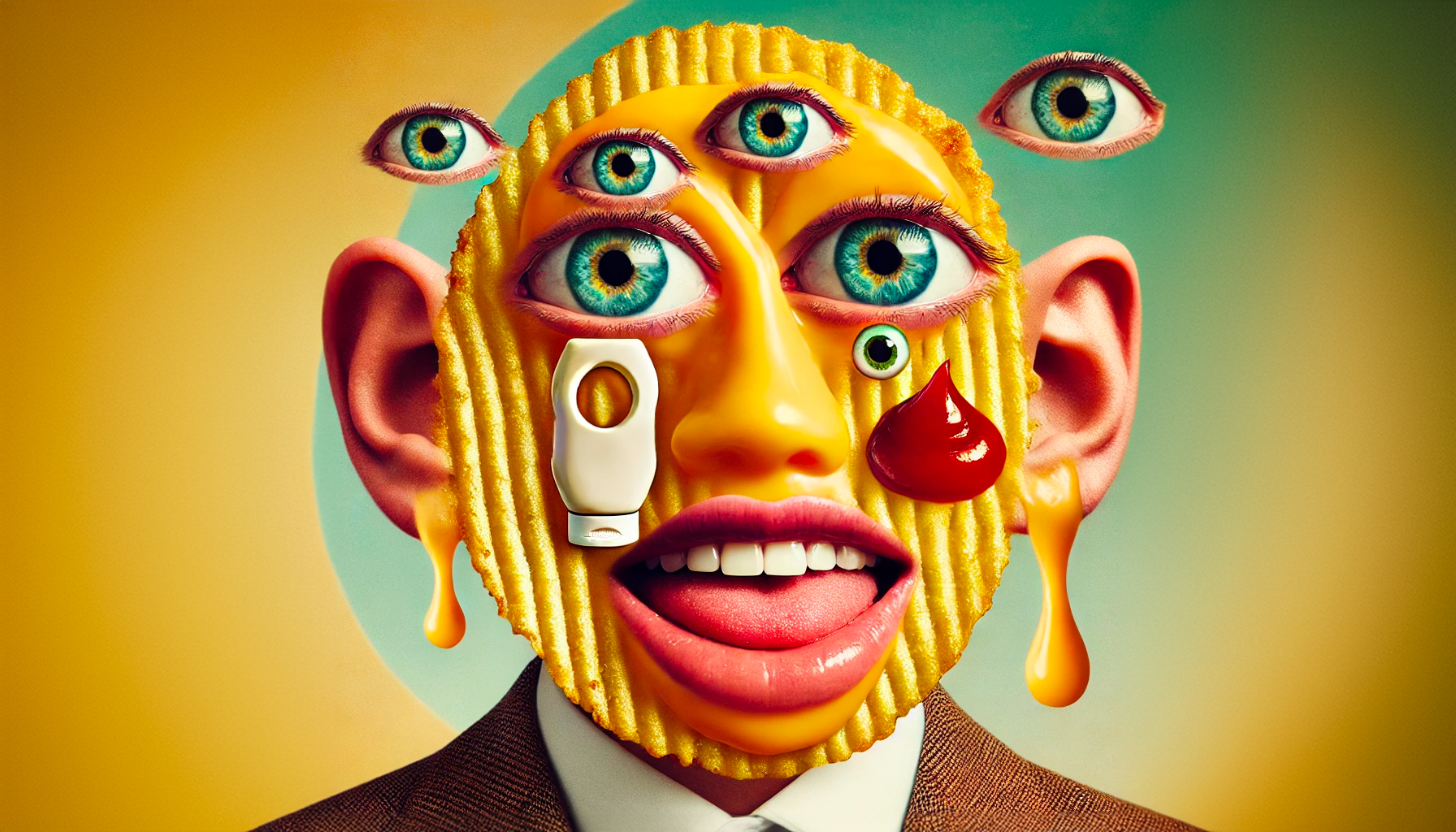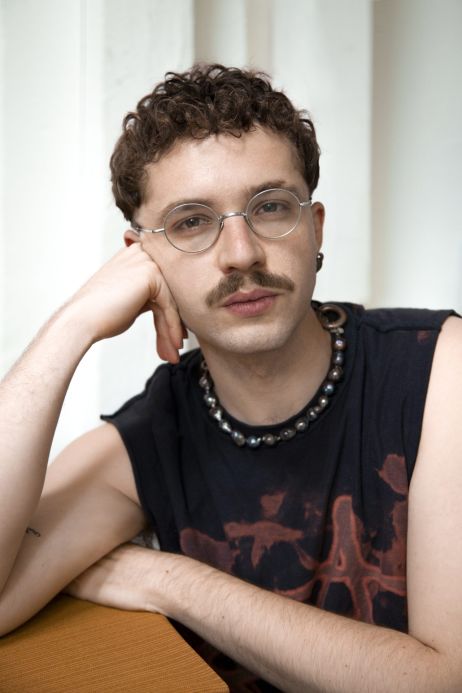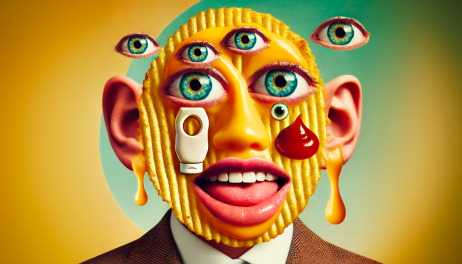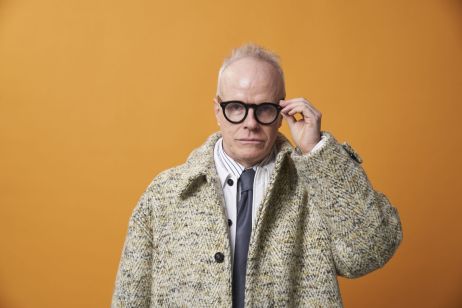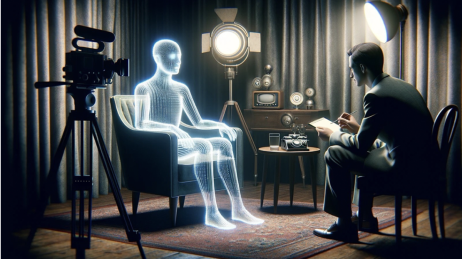Did you think you knew everything there was to know about Surrealism, the major artistic movement founded and defined in a Manifesto by André Breton in 1924? Then you haven’t been paying attention to the artists who, 100 years after its appearance, are celebrating it with a variety of digital tools. Starting with AI.
From Raphaël Guez to Ari Dykier, from fuse* to Kamyukami, many artists in recent years have boldly and inspirationally surfed the ideals of Surrealism, less to advocate an eternal restart than to feed off the revolutionary spirit of this avant-garde – arguably the one that spawned the most stars in the art world (Man Ray, André Breton, Magritte, Dali, etc.). In any case, such a bias would explain his influence on a new generation, rather like those pop artists who inevitably turn back to the discography of the Beatles or the Stones.
Reappropriating the image of contemporary icons, hijacking them, making fun of them to the point of integrating them into an unrealistic world – that’s the whole point ofAnne Horel, whose creations take shape via artificial intelligence. “I believe in cycles, and I find it quite magical to think that AI is taking off in such a big way at a time when we’re celebrating the anniversary of Surrealism. Maybe there’s something we’re missing, something invisible. Indeed, the aesthetic we’re developing with AIs brings us closer to it. As far as I’m concerned, there’s no doubt that AIs are enabling a complete revival of this movement,” says the Parisian artist, born in 1984, whose inspiration comes from the early days of Dadaism. ” Discovering the collages of Hannah Höch and Raoul Hausmann in art school never ceases to inspire me”, she explains, though this should come as no surprise to those familiar with her art, which is made up of ice creams, multi-eyed soda cans, pizzas, burgers and celebrities: all everyday elements that make up her surrealist work, whose influences range from Dadaism to Pop Art.
Dreams as a focal point
By collaborating with AI, artists surrender themselves in part to it. Of course, they guide it, give it instructions and other directives, but they don’t have total control over what actually happens inside it. A part of the creative process escapes them, and thus escapes the control of human consciousness. The machine draws inspiration from its memory – from its digital dreams, we might say – just as the Surrealists did with theirs! The notion of dreams is indeed the driving force that unites these two generations of artists. ” In turn, artificial intelligence feeds Big Data, which in turn constitutes a form of collective unconscious, now materialized and to which we have access”, adds Anne Horel, who took advantage of the latest edition of the KIKK Festival to present Dips Fake, a short film made in AI with, as its main character, a hybrid character, somewhere between a child and a potato.
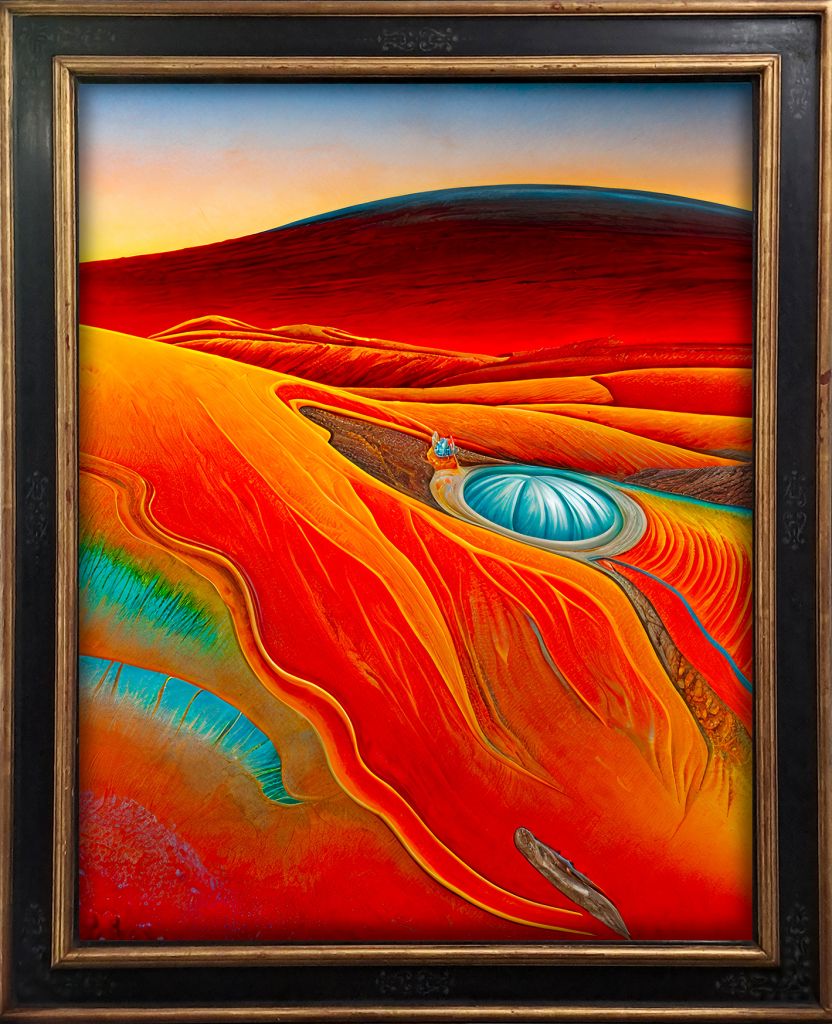
Towards immediate and direct creation
The first Surrealists used the tools of their time, such as meditation or hypnosis, to capture the subconscious and transcribe it into their creations, whether pictorial or written. Now it’s AI’s turn. The fruit of research carried out with the scientific team at the ICM (Institut du Cerveau et de la Moelle épinière, Paris), the new series by the Obvious trio of visual artists, called Imagine, is the result of a process aimed at reconstructing images imagined in their heads, with the help of artificial intelligence and MRI recordings, without any gesture other than that of thought.
The algorithms we deploy are directly inspired by human creativity and the way the brain works,” they explain, with an air of conviction. Our approach is therefore both scientific and artistic. We are thus naturally in line with the work of the Surrealist movement, initiated by scientists who were keenly interested in developing methods for exploring and expressing the subconscious. We’re convinced that the Surrealists of the time, in this quest, would have seized upon our tools. We believe that AI, and particularly the mind-to-image technique we’ve developed, will breathe new life into the surrealist movement”. . Cette technique permet notamment à Obvious de générer des images directement à partir de l’activité cérébrale, réalisant ainsi un siècle plus tard le souhait des surréalistes qui tendaient vers une création immédiate et directe, à l’image de l’écriture automatique.
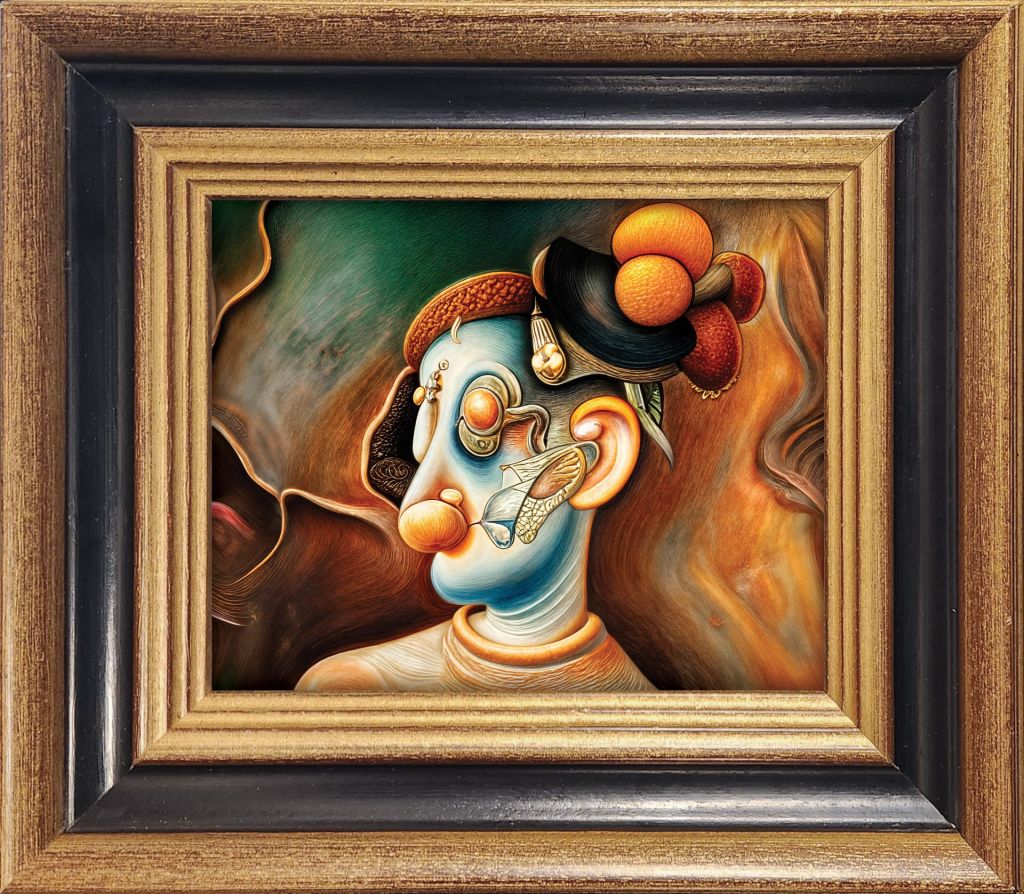
A dialogue between art and science
In 1919, André Breton and Philippe Soupault called their founding text on automatic writing Les champs magnétiques, expressing the idea that waves and vibrations could provide access to the invisible, more precisely to elements that the eyes alone could not discern. Thanks to their work, the three members of Obvious present themselves as neuro-surrealists, showing us this unconscious invisible. By taking part in a broader, ongoing dialogue between art and science, they could well materialize our dreams, making it easier for psychoanalysts to analyze them.
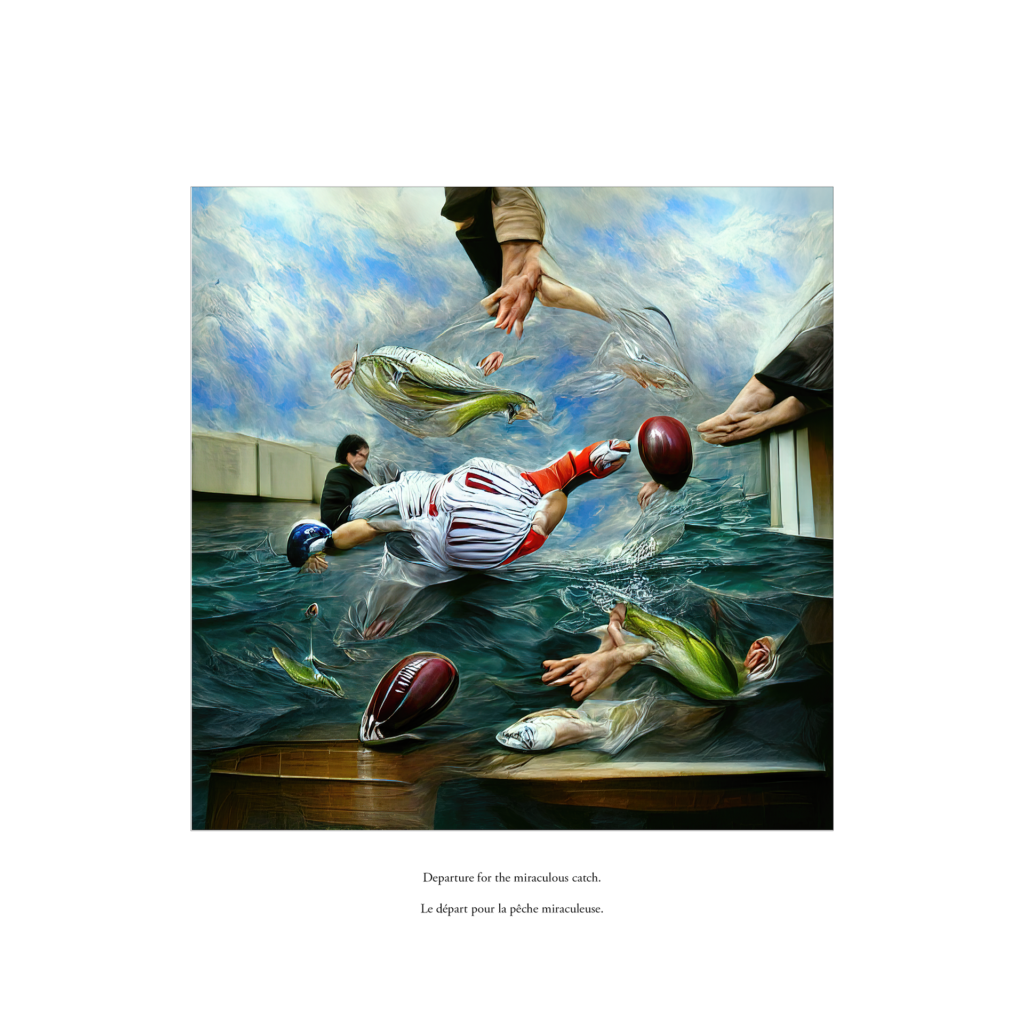
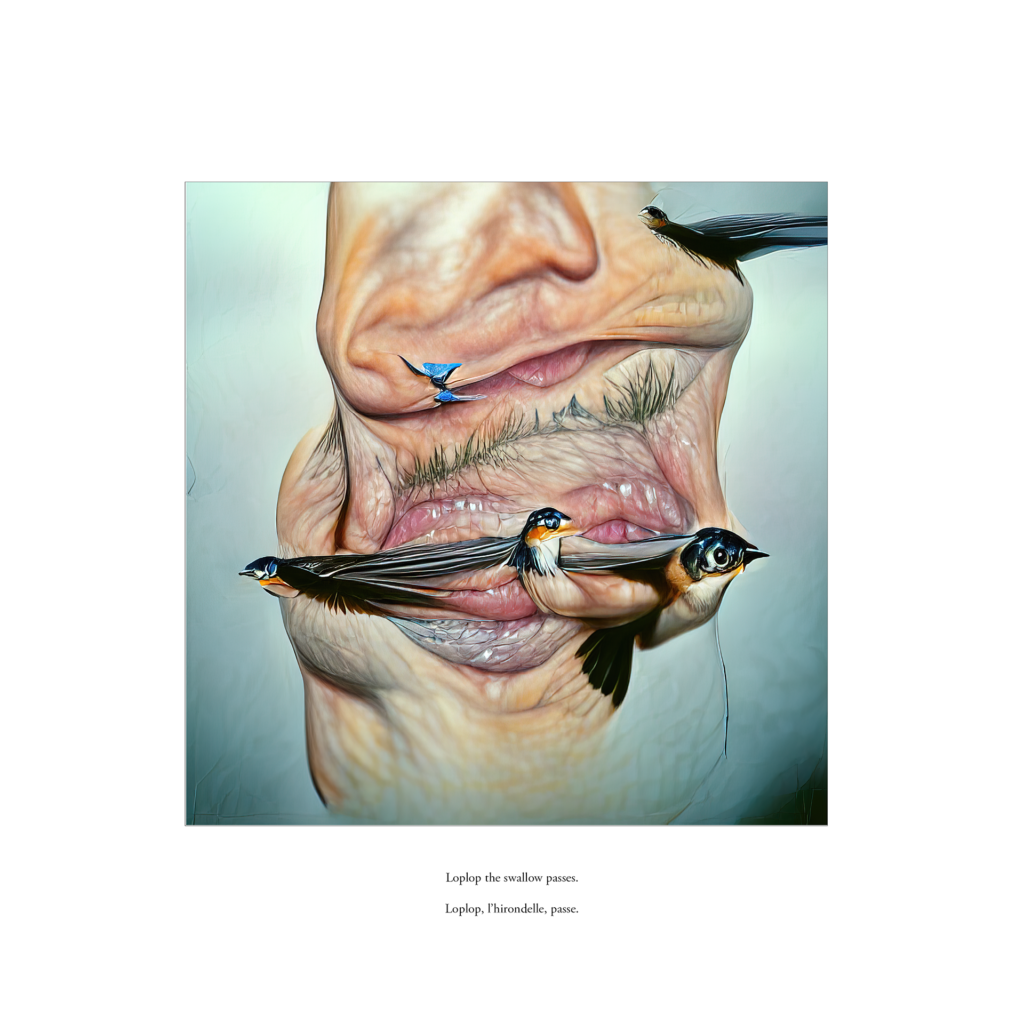
In the voice of André Breton
Other artists, such as Grégory Chatonsky, have fun feeding l’lA with surrealist works and interpreting his view of this movement that so closely resembles his own. At the age of eight, the French-Canadian artist received a Max Ernst book as a gift, made up of text and images, not knowing which was the point of entry into the work! So, using artificial intelligence, he recreated images from the text that we might describe as Surrealism 2.0, and which are now collected in a beautiful book, La Machine 100 Têtes. ” It fascinated me to see how Dall-E’s misinterpretations could tell a completely different story, almost a counter-factual version of Ernst’s book,” he confided.
Beyond the influences and extensions of Surrealism, AI also makes it possible to bring the precursors back to life. Last September, Ircam succeeded in recreating the voice of André Breton for the Surrealism exhibition at the Centre Pompidou. As soon as you enter, the voice rings out, guiding visitors between reality and dreams, artificial intelligence and human intelligence… the circle is complete!
